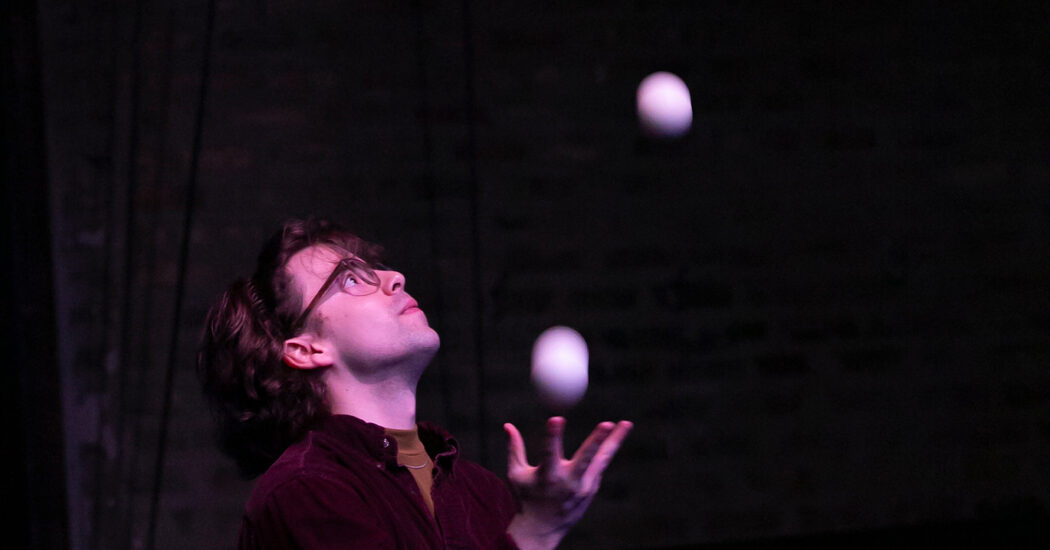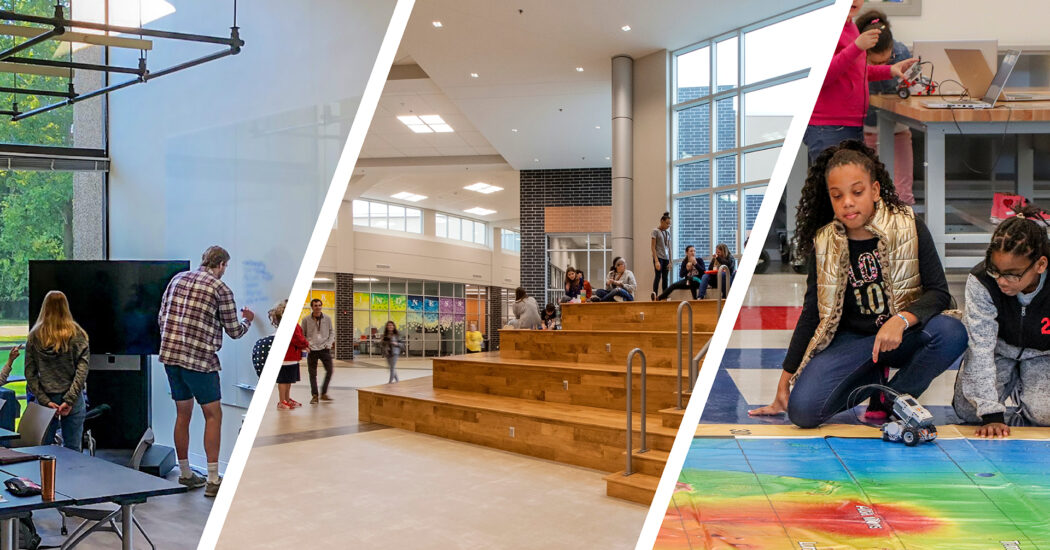Q&A With Construction Administrator Tom Stapleton
-
Category
Innovation, Careers + Culture, Leadership -
Posted By
Schmidt Associates -
Posted On
Aug 07, 2023

A seasoned construction administrator, industry expert, and problem solver, Tom Stapleton played a pivotal role as the construction administrator (CA) for the recently opened Indiana Farm Bureau Fall Creek Pavilion, where he diligently made sure the contractor adhered to the drawings and specifications, promptly responded to contractor requests for information (RFIs), and skillfully resolved design challenges that arose during construction.
The pavilion project posed numerous complexities that demanded a multifaceted approach. As such, Tom often found himself at the forefront of coordinating and harmonizing efforts from various disciplines, including architectural, structural, mechanical, electrical, and plumbing. These challenges required a collaborative design solution that addressed the issues efficiently and upheld the project’s cost-effectiveness.
Tom’s invaluable experience and dedication to excellence truly shone during this project. Following the substantial completion in time for the 2023 Indiana State Fair, we connected with Tom who shared some of the intricacies of the project, the challenges faced, and the insights gained. Moreover, we had the opportunity to learn from Tom’s CA expertise and his unique perspective on successful project outcomes.
You have a very seasoned career as a CA. What kind of experience did you have to gain for this type of role?
I have an associate in architectural technology and a Bachelor of Science in Construction Management. I’ve worked in the industry for the last 18 years as a CA and Owner’s rep. Most of my project experience has been with schools and government and municipal facilities. I’ve worked on projects of all sizes and scopes from $250,000 to $90M. Apart from Schmidt Associates, I spent 7 years working for the second largest school district in Colorado as a senior construction project manager where I oversaw construction for multiple renovations, building additions, and new schools.
As a CA, what does your typical day look like?
I’m not sure there is any such thing in construction, but typically, we attend progress meetings, manage the RFI and submittal process, review change order pricing, issue design revisions, solve design challenges, and monitor the project schedule. We also perform inspections of installed work to be certain specified products and/or materials are being used and that the work being installed is at a high level of quality, and we monitor project schedules.
For the Indiana Farm Bureau Fall Creek Pavilion, you took a vision on paper to a $50M, best-in-class livestock facility and multi-use building. Along the way, you encountered some unique challenges. What were some of those, and how did you and your teams address them?
With every large-scale construction project, you’re bound to encounter something. One of the unique challenges the team had to work through early in the project was a 48″ pipe bore under Fall Creek Parkway to drain stormwater from the site into Fall Creek. An existing fiber optic line feeding a cell phone tower was found to be directly in the path of the bore. Due to our tight schedule, the design and construction teams worked two parallel paths to keep work moving. The design team worked on a solution to lower the bore pipe, and the construction team worked on another solution to relocate the fiberoptic line. We were able to work with the telecom provider to move the line and keep the project on schedule. I think one of the biggest reasons we were able to overcome this was because Turner Construction (CMc) and Schmidt Associates have always worked well together. I have never been on a project of this magnitude where the design and construction teams meshed so well and seamlessly worked through everything as a unified team. This was significant because it was a very fast-paced project. Many of the challenges that arose on the project required quick resolution to keep the project moving.
Beyond the challenges, there also were some significant wins. What were some of those?
One of the biggest wins is the community impact and all the people the building will draw in throughout the year. More than 800,000 people attend the fair each year, and another 2 million people attend concerts, tradeshows, and sporting events. The Fall Creek Pavilion will only add to these numbers. The project is also extremely significant because of its preservation of the north façade, the use of reclaimed wood, and the sustainability efforts the Owners undertook to contribute positively to the area’s ecosystem. I love meaningful projects like these for the historical value and because I enjoy taking on the challenges that come with their restoration.
So now that the project is substantially complete and the Indiana State Fair is underway, is there anything you’re excited about that you think others should know?
I’m really looking forward to attending the fair with friends and family, taking them through the building, and giving them a firsthand account of the process we led. I also can’t wait to see the reactions of others as they walk though, and long-term, I look forward to the day when I can take my kids to the pavilion and tell them ‘Dad built this.’







